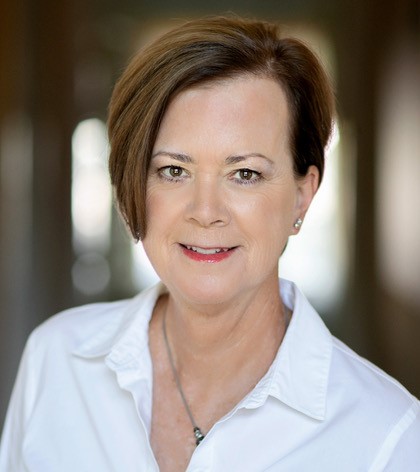

by Sara Marberry
If there is any positive outcome of Covid-19, it’s that it has put the focus on how the design of the indoor environment affects our health, safety, and well-being. The time has finally come for the world to embrace healthy buildings.
Those of us in the healthcare design industry have been talking about this for years. It was one of the reasons my colleagues and I founded The Center for Health Design in 1993.
Funding for Research on the Physical Environment
Following Wayne Ruga’s vision, we created a nonprofit organization so we could get funding to conduct research on the impact of the physical environment on outcomes. Our starting point was the healthcare environment, but we purposely didn’t name it The Center for Healthcare Design because we had grand visions of expanding into other building types.
For various reasons, CHD has remained a small organization focused on the healthcare environment. Since 1993, it has done a lot of solid research that has been funded by nonprofit organizations, foundations, government agencies, and private companies.
It has made an impact.
Leading the Healthy Building Movement
But since 2013, the International WELL Building Institute (IWBI) has led the movement to re-think how we design, construct and maintain all of our buildings so they support health and well-being.
IWBI was established by Delos in 2013 in response to a Clinton Global Initiative commitment to improve the way people live by developing spaces that enhance human health and quality of life. IWBI’s WELL Building Standard is the result of seven years of rigorous research in collaboration with leading physicians, scientists, and industry professionals.
And while IWBI was initially focused on office and multi-family residential buildings, the WELL Building Standard has been revised and tweaked to include other types of environments, including healthcare facilities. To date, there are more than 13,250 projects in 82 countries that have applied for and/or achieved WELL certification.
Global Research Agenda Launched
Like CHD, IWBI also believes in the power of research to drive change.
That’s why earlier this week, IWBI launched its Global Research Agenda: Health, Well-being, and the Environment.
“In 2020, in the face of the COVID-19 pandemic, the significant role our buildings and communities play in keeping us healthy and safe was brought into sharp focus,” writes IWBI’s President and CEO Rachel Hodgdon in the introduction of the 63-page report.
“The ways in which we design and operate the places where we live our lives, as well as the organizational policies and practices that drive our economies, play a critical role in supporting people’s health and well-being. And we need research to ask the hard questions of how we can do both better, faster and at a global scale.”
12 Research Areas
The report includes a Building Health Conceptual Model and 12 research areas identified by IWBI’s advisors that are relevant and timely and have strong potential to influence the industry. Gaps and opportunities identified for each, as well as key research questions.
These questions are the heart of the agenda. Here are a few of them:
- Access to Nature: What real and simulated biophilic elements (e.g., visual, air, light, thermal, acoustic, spatial) can be linked to differences in health outcomes?
- Acoustics: How do changes in acoustic stimuli in buildings affect collaboration and concentration and associated impacts on psychoacoustics and mental health and well-being?
- Indoor Air Quality: What metrics and thresholds are needed to evaluate indoor air quality for human health and performance, including the effective delivery of outdoor air?
- Climate Change: How do resilient, restorative, and/or regenerative design practices align with health promotion practices at the building and organizational scale?
- Materials: What are current gaps in our measurement and evaluation criteria of the health impacts of different building materials?
- Stress: How can individual and collective stress be measured? And how can physical, acoustic, thermal and visual changes in the physical environment reduce distress?
Who’s Going to Fund It?
IBWI has laid out an ambitious research agenda, which can only be realized by much, much more public and private funding.
It suggests several new mechanisms for funding, including industry support for the translation of research into practice; investor support to encourage market scale interventions; and government support for university-based centers of research on building science.
IBWI calls its research agenda an “interdisciplinary, global call to action” that can only be successful if funders, policy makers, researchers and program managers, as well as industry and nonprofit leaders get behind it.
And therein lies the challenge.
Making All the Right Moves
Until the pandemic is under control, I don’t see the U.S. government providing any funding for this type of research. Maybe industry and investors will step up.
Because without funding, nothing will happen.
But I have hope. IWBI is making all the right moves by putting out this research agenda and launching a star-studded public awareness campaign of its WELL Health-Safety rating.
How can you go wrong when Spike Lee, Lady Gaga, and J.Lo are involved?
Seriously, there’s something big brewing here and those of you who plan, design, furnish, construct, and operate healthcare, residential care, and senior living facilities better pay attention.
This column originally ran on Sara Marberry’s blog on Jan. 29. Marberry is a healthcare design expert who has written/edited five books and is a regular contributor to Healthcare Design magazine. Marberry also is a former Executive Vice President of the nonprofit Center for Health Design.
